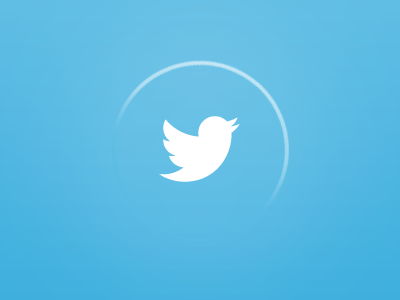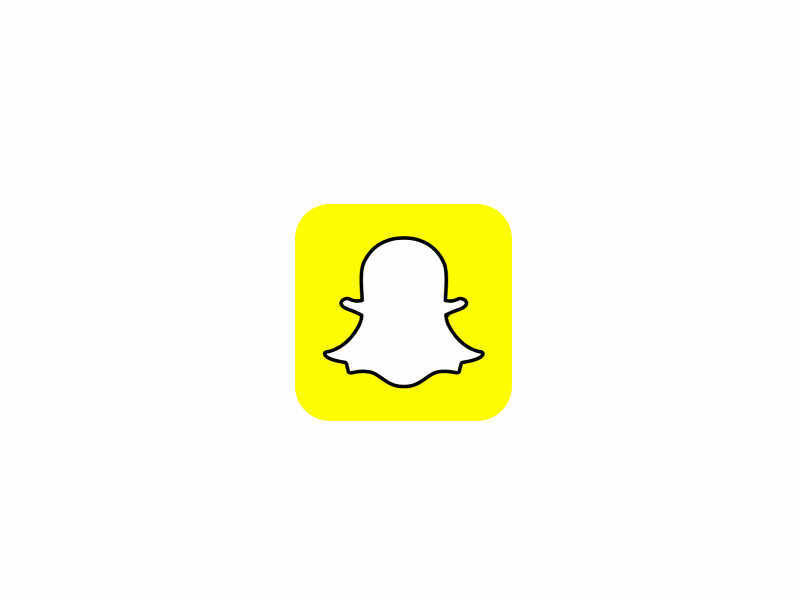My mornings have become routine.
The dreaded sound of my phone alarm breaks my slumber. After pressing the snooze button a few more times than I should, I slowly muster the energy to finally wake up. My first instinct is to grab my phone, click on every social media app on it, and scroll through each feed until I’m satisfied.
This is how my day starts. Almost every subsequent moment of my free time is consumed by this addiction: social media. I have become a slave to these applications, constantly checking my phone for notifications and scrolling down endless feeds for unreasonable amounts of time. And now, with so many different social platforms to choose from, I find myself falling deeper and deeper into the social media black hole! Facebook, Instagram, Twitter, Snapchat—these are the Four Horsemen of the Social Media Apocalypse. Each serves a distinct purpose in maintaining our social identities, fulfilling a particular niche in the social media industry.
Let’s take a closer look.

The start of it all, the original social network. When Facebook hit the Internet in 2004, the world was struck by the advent of a digital social community. Within ten years of its inception, the number of monthly active users skyrocketed to 1.23 billion, according to Facebook. With such a massive following, it has become a platform for individuals of all ages, one of the defining characteristics of the app.
Facebook is known as a staple social media application. Everyone seems to have a Facebook account, although younger users are beginning to view it as somewhat out-dated. It’s a place where weird uncles share political videos and friends are tagged in random meme groups. However, the functionality and scope of Facebook can be very beneficial for practical reasons: clubs can post updates in groups, individuals can keep in touch with their family members, and users can post life updates on their statuses. Although Facebook has waned in its social media dominance, it has found its niche capitalizing in functionality for users.

Instagram boasts every element that seems to be associated with social media: algorithm-based feeds, self-curated profiles, the ability to follow and be followed by other accounts. Every aspect of the app emphasizes one’s social identity. Scrolling through an account’s feed offers a glimpse into one’s life: snapshots of different moments meld together to create an impression on viewers. This impression captures one’s personality, lifestyle, and social presence. As a result, individuals tend to portray their best selves on Instagram, conveying their picture-perfect moments to followers.
Recently, though, Instagram has become more of an avenue for authenticity. With the rise of “Finstagrams” or “spam accounts” by users, individuals are able to post their unfiltered thoughts to share with a close circle of friends. In addition, the application recently adopted “Instagram stories,” mimicking the 24-hour Snapchat stories. Through this means of sharing, Instagram users can worry less about a photo or video becoming part of a permanent feed.

Twitter draws polarizing views from the public. For those who don’t use it, Twitter can be seen as a silly platform used by celebrities who want to share meaningless content. However, for the actual Twitter community, it holds a special place in our hearts. Twitter allows individuals to share the core of their message in a limited word count, offering users the ability to “tweet” messages with up to 280 characters. This appeals to many members of younger generations, providing them with immediate access to others’ public thoughts.
Compared to other forms of social media, virality is a unique element of Twitter. Anyone can retweet or favorite any Tweet that they like, allowing every user the ability to become viral. Users are not just limited to the people they follow; they can also view Tweets that others support or find funny. As a result, users are often connected by similar content, thus forming a unique close-knit community on Twitter. “Stan” and “wig” have become mainstays in Twitter vernacular, and “Twitter humor” has grown amongst users who enjoy witty but immature comedy.
SNAPCHAT

Snapchat is unique in its ephemerality. Its content exists for only a brief period of time. Unlike the other applications, Snapchat offers no permanent means of social identity. There is no feed or status that one needs to maintain. Instead, the application encourages users to capture moments in transience, from cringey selfies, to mundane routines, to spontaneous adventures. With content that eventually disappears, Snapchat carries very low social pressure, allowing individuals to share their real lives in snapshots.
Furthermore, its layout encourages users to directly “snap” others, a feature conducive to relationship building. Gratifications from Snapchat don’t arise from likes or reactions to posts. Rather, they emerge through the number and duration of streaks one maintains. This high emphasis on direct relationships is the core of Snapchat’s success; individuals have more of an opportunity to share their authentic selves rather than having to consider the effects on their overall social identity.
THE APOCALYPSE
With so many options to choose from, we wield access to several unique means of social expression, each one catering to a distinct aspect of our social identity. However, this has also contributed to the world that we live in today, a world constantly bombarded by notifications and filled with seeking gratifications online. A social media apocalypse is on the rise, fore fronted by the giants of the industry: Facebook, Instagram, Twitter, and Snapchat.
While our lives are immersed in today’s digital culture, it’s important to remember the significance of our daily, face-to-face interactions. So look up! Stop. Breathe. Take a break from your phone. Look up at the world around you—you don’t want to miss out!











